When planning a reliable water supply system, choosing the right pipeline is essential. High-Density Polyethylene (HDPE) pipes have become the preferred choice for residential, agricultural, and industrial projects due to their durability, flexibility, and cost efficiency. In this article, we will explore the importance of HDPE pipe dia, the factors influencing the 1 inch HD pipe price, and how HDPE pipework supports long-term water supply performance.
HDPE Pipe Dia for Water Supply
The term HDPE pipe dia (diameter) is one of the most important parameters in pipeline design. The diameter determines how much water can flow through the pipe at a given pressure. Choosing the wrong size can result in insufficient supply or unnecessary costs.
Common HDPE Pipe Diameters
HDPE pipes are available in a wide range of diameters:
20mm – 32mm: Small-scale residential connections and drip irrigation
63mm – 160mm: Rural water supply lines and small-scale municipal projects
225mm – 630mm: Large water transmission pipelines
800mm – 1200mm: Industrial and city-wide distribution networks
Relation Between Pipe Dia and SDR
Pipe diameter is closely related to the Standard Dimension Ratio (SDR). For example, a 110mm HDPE pipe dia can have different wall thicknesses depending on SDR11, SDR17, or SDR21. A smaller SDR indicates a thicker wall, higher pressure rating, and slightly reduced internal flow.
Selecting the Right Pipe Dia
When designing a water supply project, engineers consider:
Water demand (flow rate per second or per minute)
Pipe length and head loss
Available pressure (pump or gravity-fed)
Future expansion possibilities
For instance, a 32mm HDPE pipe dia may be sufficient for a single household, while a 225mm pipe dia is more suitable for a rural community’s water distribution system.
Standards for Pipe Dia
HDPE pipe diameters are manufactured according to international standards such as:
ISO 4427 – Polyethylene pipes for water supply
ASTM F714 – Polyethylene (PE) plastic pipe (SDR-PR)
EN 12201 – Plastics piping systems for water supply
These standards ensure consistency in pipe diameter, wall thickness, and pressure ratings, guaranteeing long-term reliability.
HD Pipe 1 Inch Price for Water Supply
For homeowners and small-scale users, the 1 inch HD pipe is one of the most commonly requested sizes. The price of a 1 inch HDPE pipe depends on:
Raw material (PE100 vs PE80 resin)
Wall thickness and SDR rating
Production standards (ISO, ASTM, EN)
Order quantity and delivery terms
Generally, bulk orders lower the per-unit cost. Comparing suppliers’ offers helps achieve a balance between price and quality.
HDPE Pipework for Water Supply
A complete HDPE pipework system includes not only pipes but also fittings such as elbows, tees, couplers, and end caps. For water supply, HDPE pipework provides:
Leak-proof joints through butt fusion or electrofusion
Corrosion resistance, suitable for underground and coastal installations
Flexibility, reducing breakage from soil movement
Service life of 50+ years, ensuring long-term cost efficiency
When selecting materials for a water supply project, considering the correct HDPE pipe dia, evaluating the 1 inch HD pipe price, and designing efficient HDPE pipework are essential steps. By choosing high-quality HDPE products manufactured under international standards, users can achieve a sustainable, cost-effective, and reliable water supply system for decades.
FAQ
Q1: What is the standard HDPE pipe dia for residential water supply?
A: For small-scale residential applications, HDPE pipes with diameters ranging from 20mm to 32mm are most commonly used. These sizes provide sufficient flow for household connections and garden irrigation.
Q2: How much does a 1 inch HD pipe cost?
A: The 1 inch HD pipe price depends on factors such as raw material (PE100 or PE80), wall thickness (SDR rating), and order quantity. In general, bulk orders reduce the per-meter price. For an exact quotation, suppliers usually request specifications like pressure class and application.
Q3: How do I choose the right HDPE pipe dia for my project?
A: The choice of diameter depends on water demand, pipeline length, friction loss, and available pressure. For household use, 20mm–32mm is typical, while community or municipal projects may require 160mm and above. Consulting with an engineer is recommended for accurate design.
Q4: What is included in HDPE pipework for water supply?
A: HDPE pipework generally includes the pipes themselves, plus fittings such as elbows, tees, couplers, reducers, and end caps. These components ensure a complete leak-proof water supply system.
Q5: What is the lifespan of HDPE pipework?
A: Properly installed HDPE pipework can last 50 years or more, as it is resistant to corrosion, chemicals, and soil movements. This makes it one of the most reliable solutions for long-term water supply.
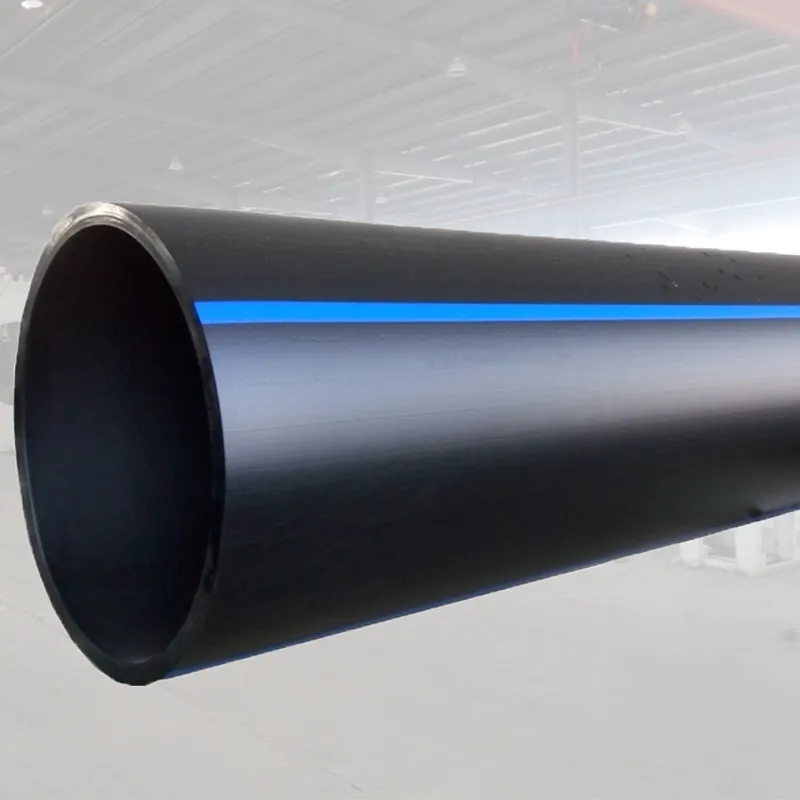
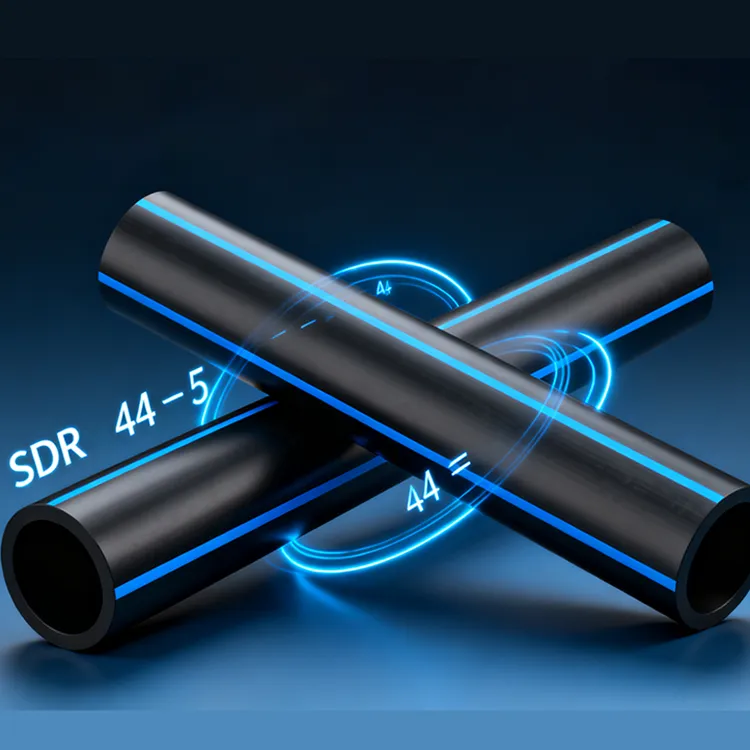
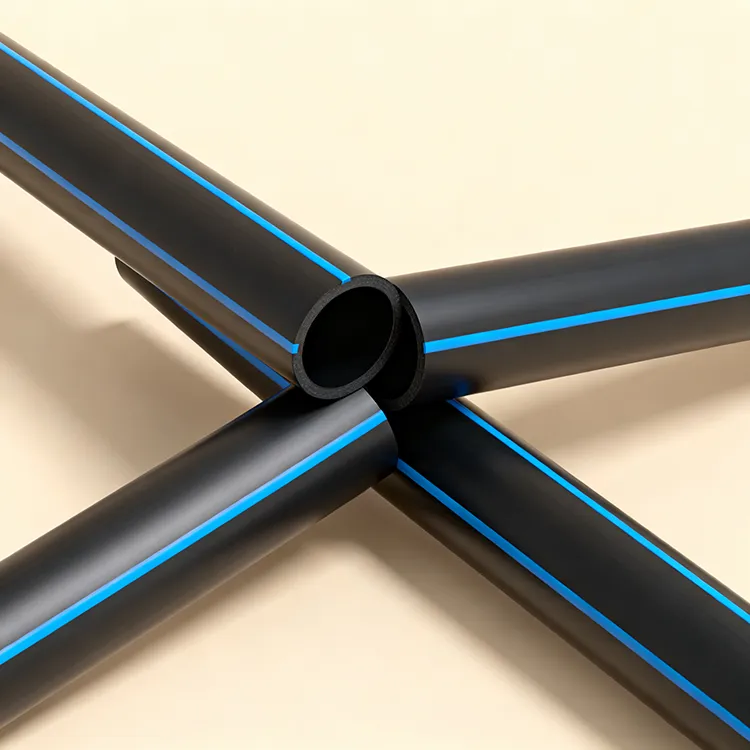
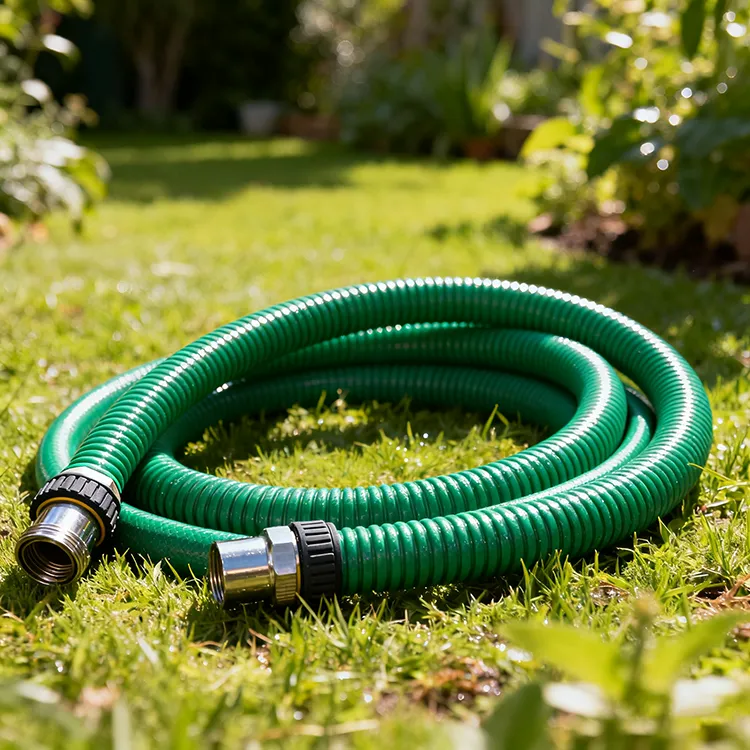
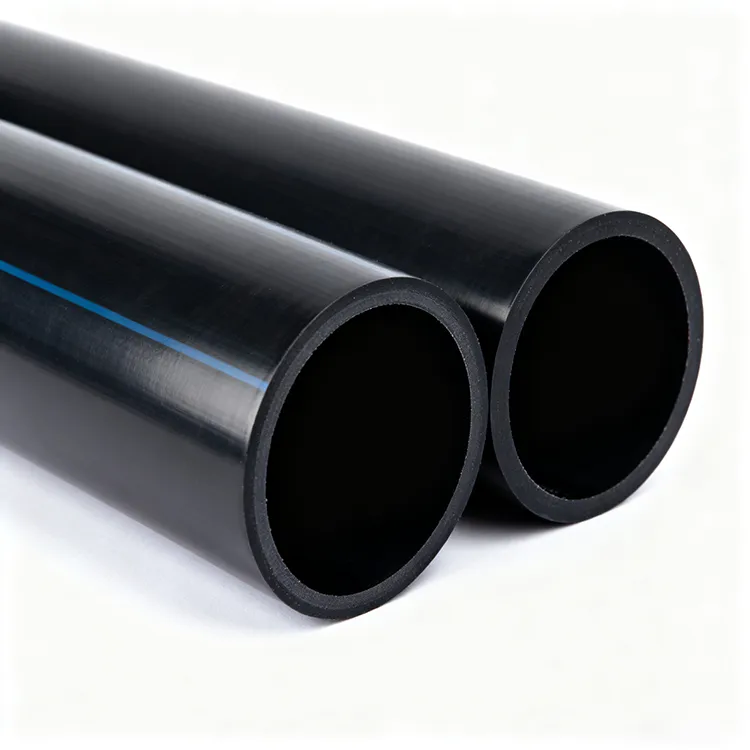
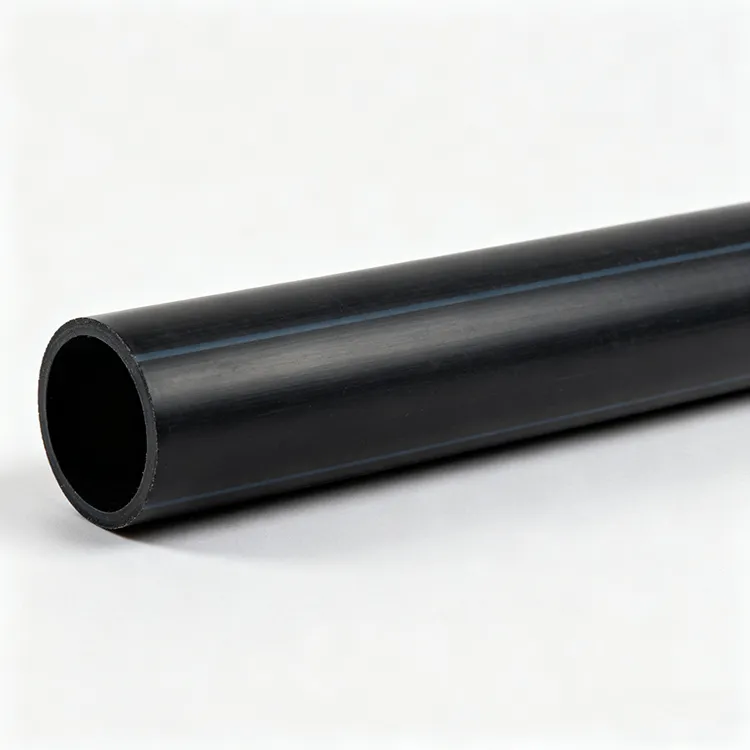
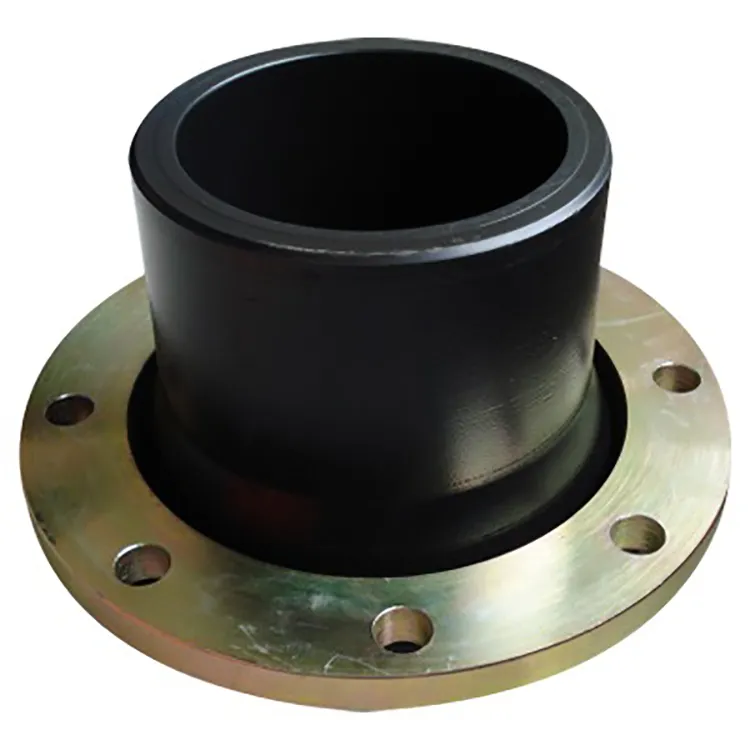
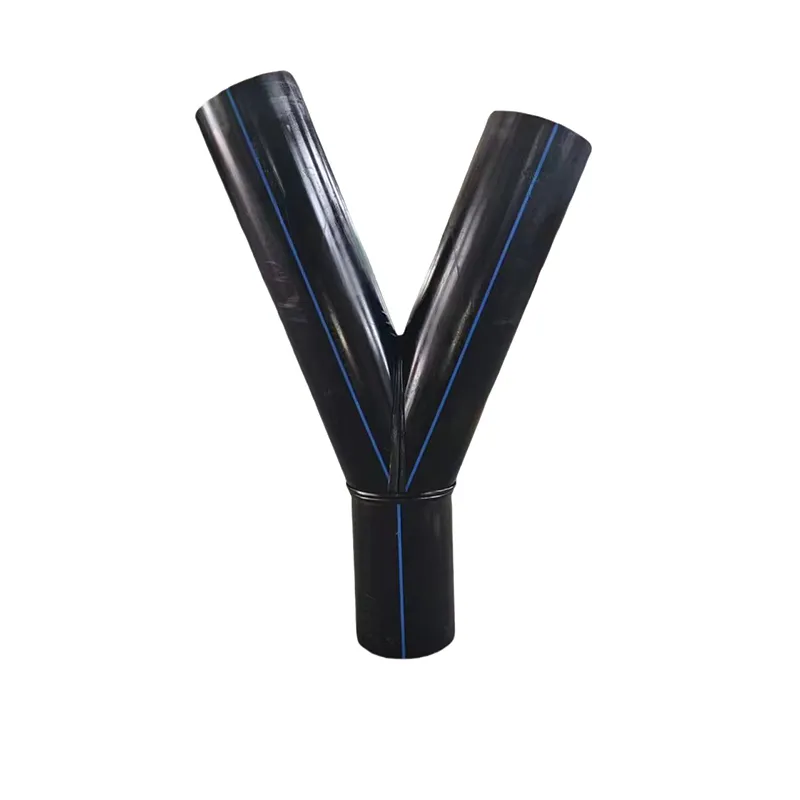
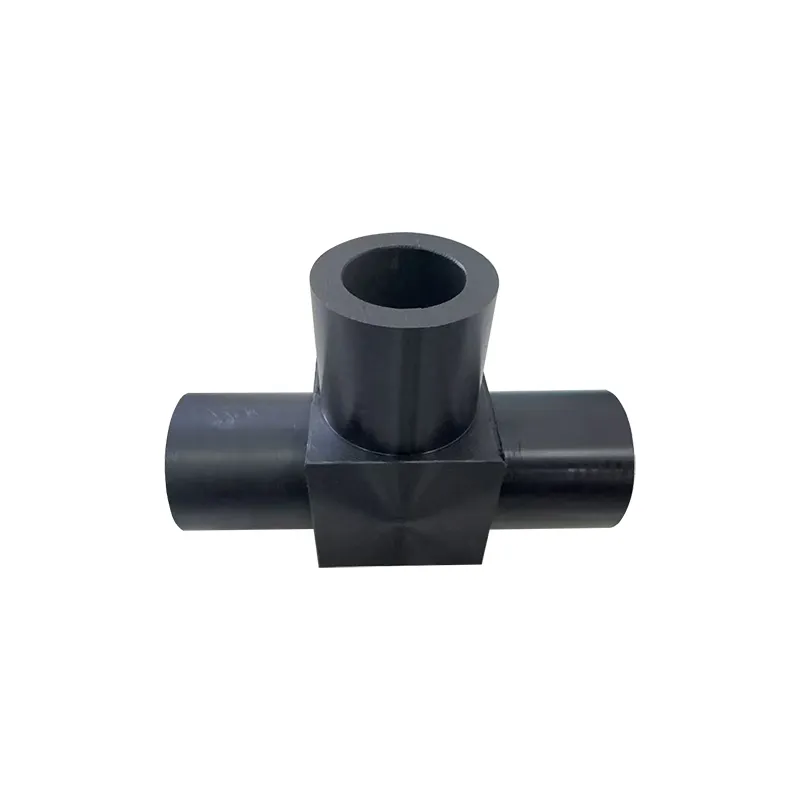
659.webp)
210.webp)
328.webp)
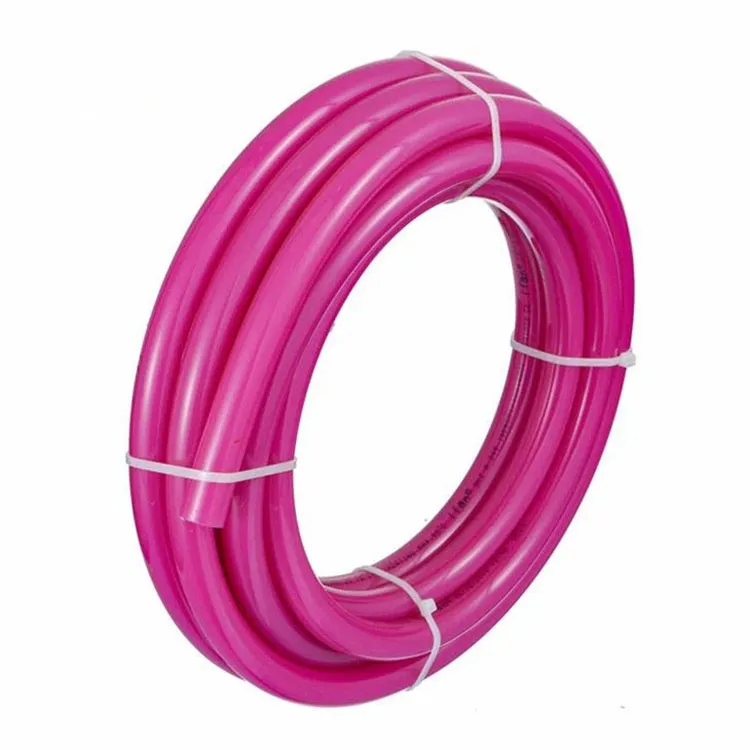
294.webp)
476.webp)


